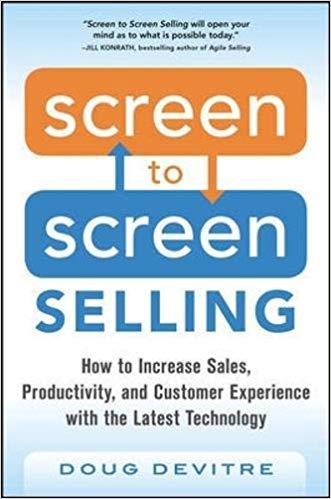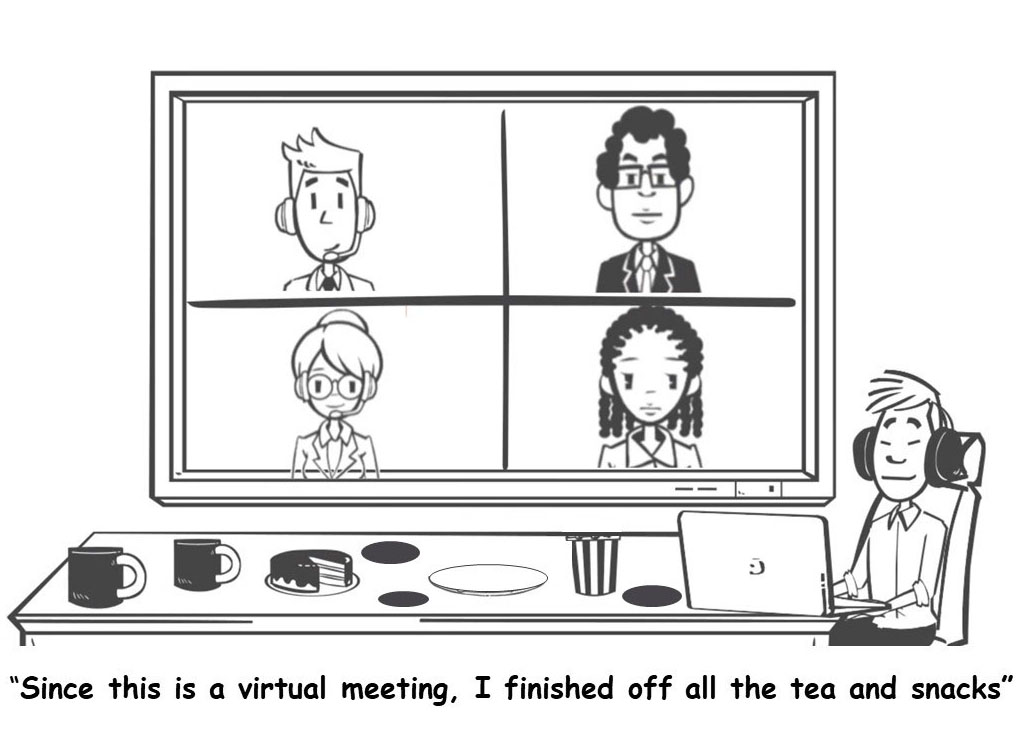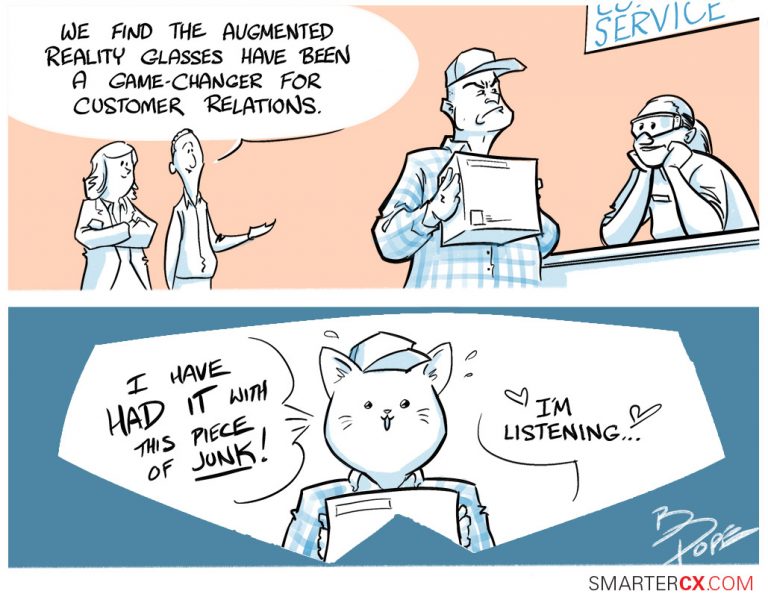4 Benefits areas in all 3 Phases of Selling It coaches you on how you can use technology to improve Sales, Productivity, Cost Savings, and Customer experience in 3 phases of the sales process: (i) Preparation (ii) Conversation (iii) Follow up
What would it take to make the transition to screen to screen selling? The book lists the skill set, tool set and mindset requirements. In the mindset area, for example, the author suggests a paradigm shift to complement direct Customer selling with inside sales. Things like talent identification, skill set requirements, systems and tools, and selling process may need rework.
Book brims with Practical Tips, Checklists The book brims with practical tips and checklists. One good example is the point on Customer’s preferred channels. Just as children today would prefer a note via social media over a traditional text message, your Customers would have their preferences too. “Find out your Customer’s preferred channels of communication. Then place your notes about these in your contact manager for the future” says Devitre
In another interesting tip, Devitre urges – “To remove Screen to Screen awkwardness, ask a really good question and wait patiently for the answer without interruption. Listening actively builds trust and is imperative before you can talk solutions, benefits or features offered”
For yet another high impact suggestion the book quotes Peter Cohan – “Begin your demo by showing the best, most compelling screen or handful of screens. You have to complete this in less than 2 minutes”
Salespeople should cultivate cross-application agility It is critical for salespeople to cultivate cross-application agility says Devitre. “How quickly can you navigate from one application to the next in order to serve the Customer’s best interests and increase overall satisfaction in the sales process?” he asks
A Do It Yourself Manual on Screen to Screen Selling The book is strongly biased towards action. Each section under the 3 phases of on-screen selling are all divided into specific action areas under which the author offers checklists, suggestions that can be actioned and pitfalls to avoid.
The book could be your Do It Yourself Manual for introducing and implementing Screen to Screen Selling
Usable Excerpt:
Prepare ‘Save Lines” Save lines are what you say when something goes wrong … The professional will use save lines … to minimize the disruption or impact of the unforeseen dilemma
Following are some common problems that arise in Screen to Screen meetings and some save lines for you to use when you experience these problems:
- Slow Internet connection: “I’m waiting for the government to pass the tax bill in order to fund high-speed Internet in my area.”
- Customer unable to join the meeting: “There is this new technology called the phone. We can try that, but I don’t have a manual to use it.”
- Text on screen too small to read: “Oh, by the way, did I send you the magnifying glass in the mail, so you can read what I’m sharing?”
- Delay in loading programs and documents: “Do you remember the Jeopardy theme song? Sing it with me.”
Action tip: Now that you have an idea what save lines are, how about creating a few of them for your own company’s context for you and your colleagues to use and share?














